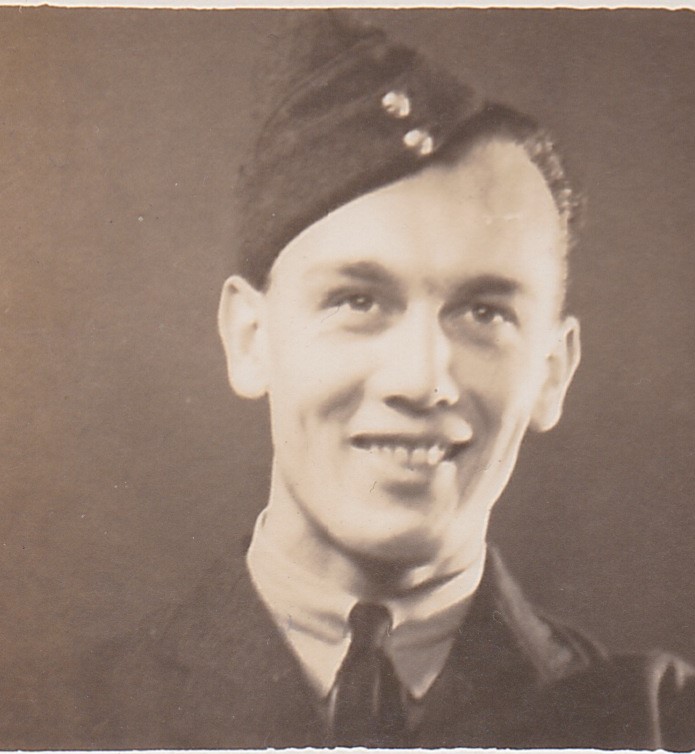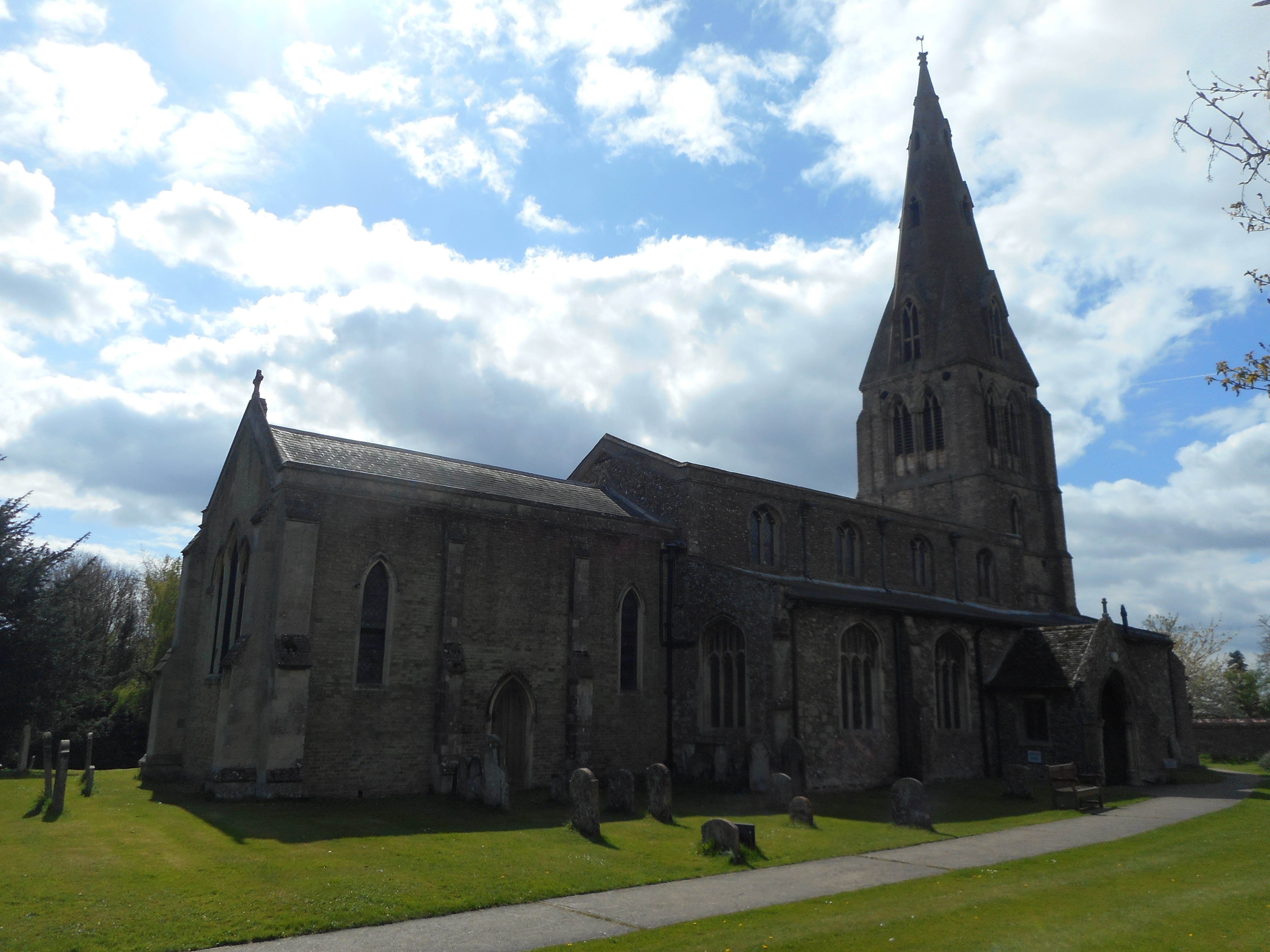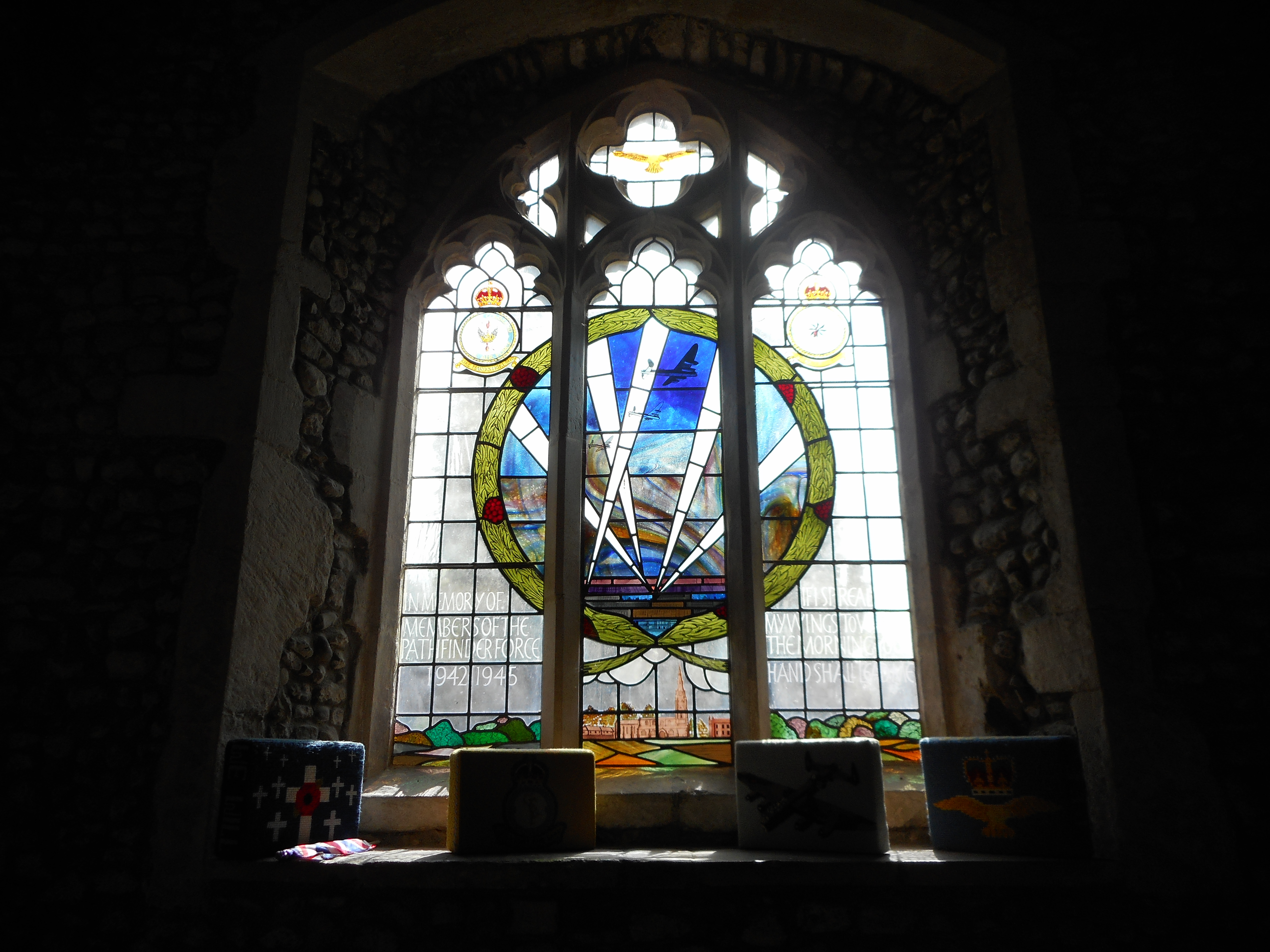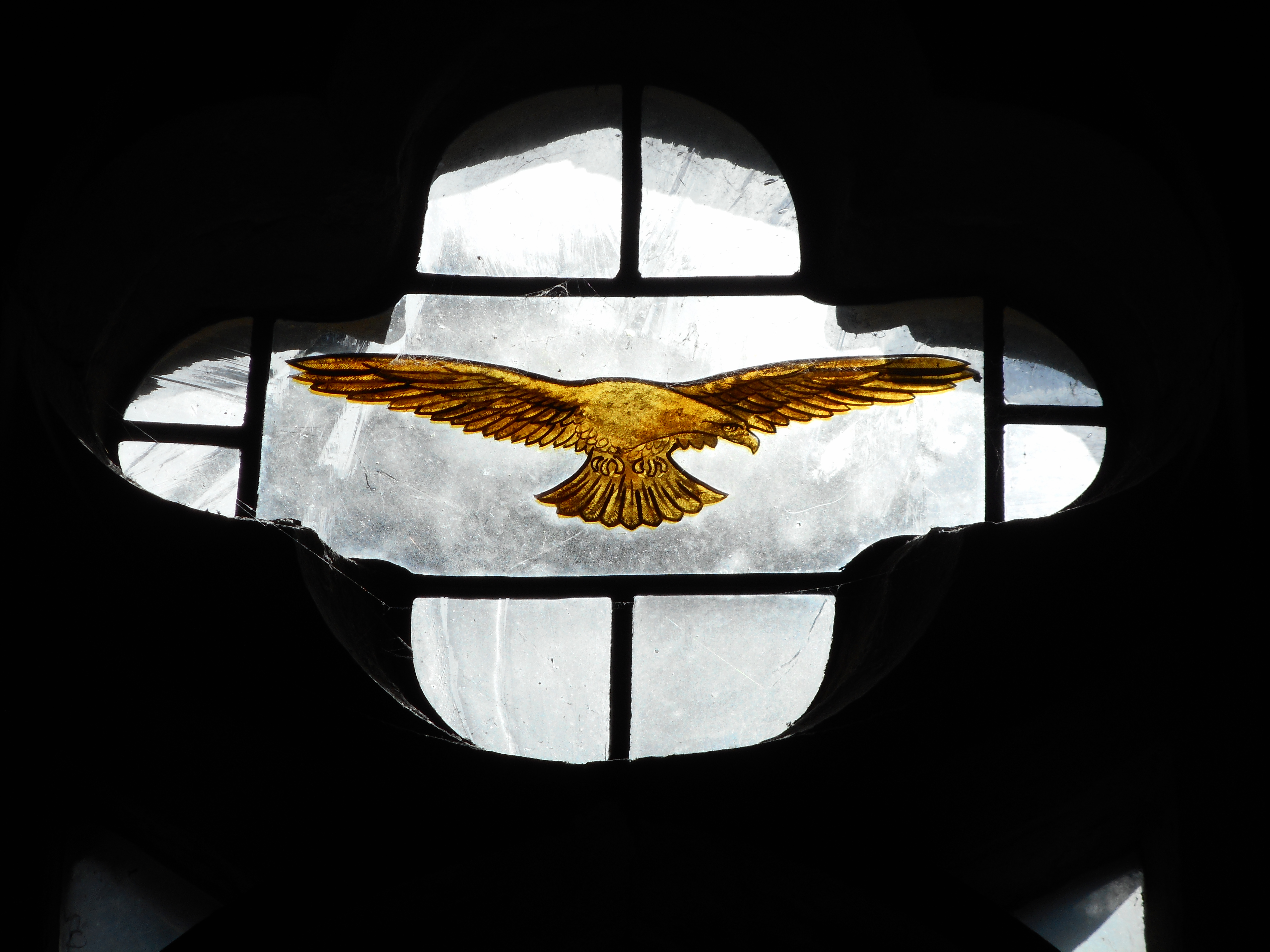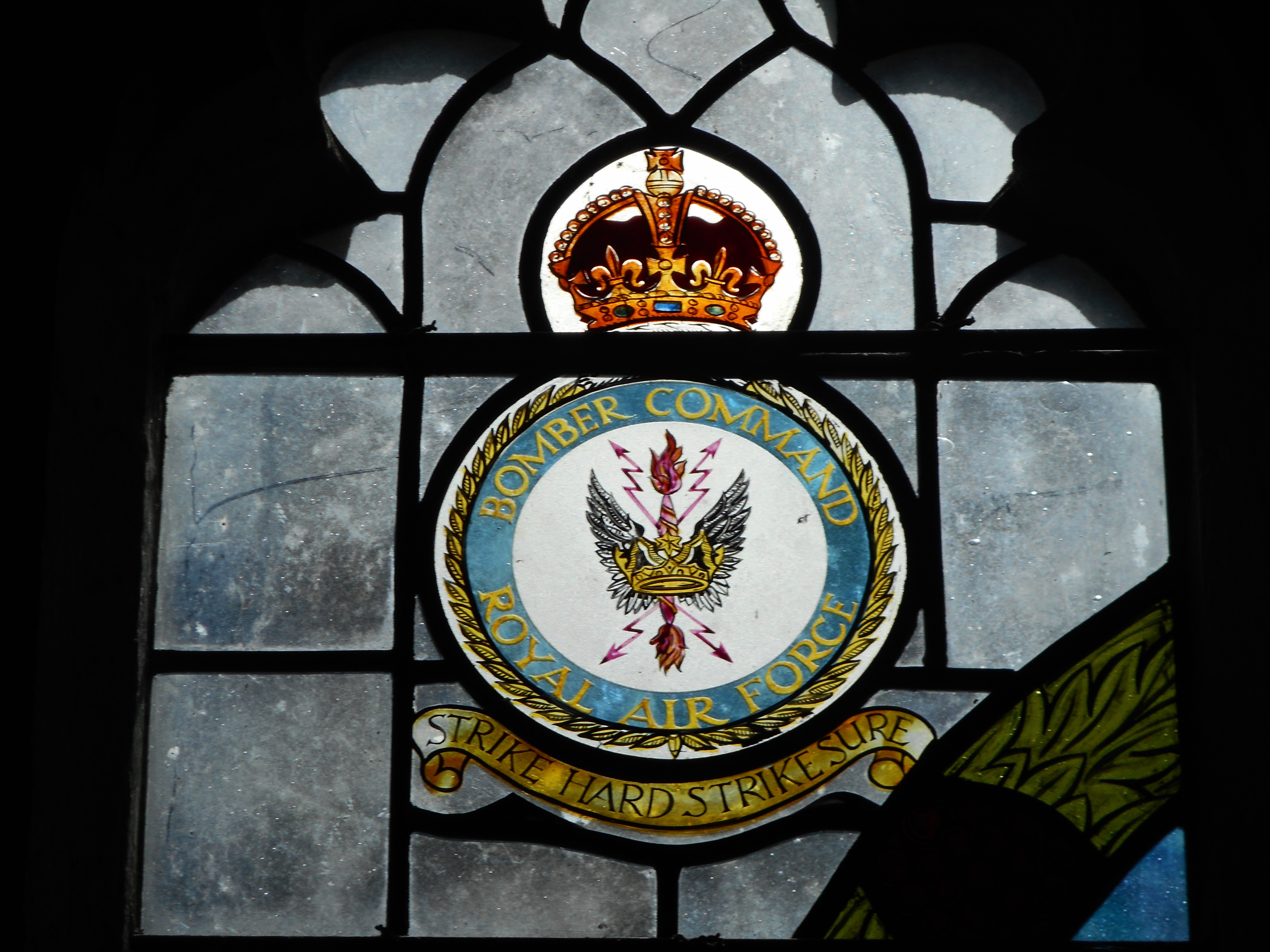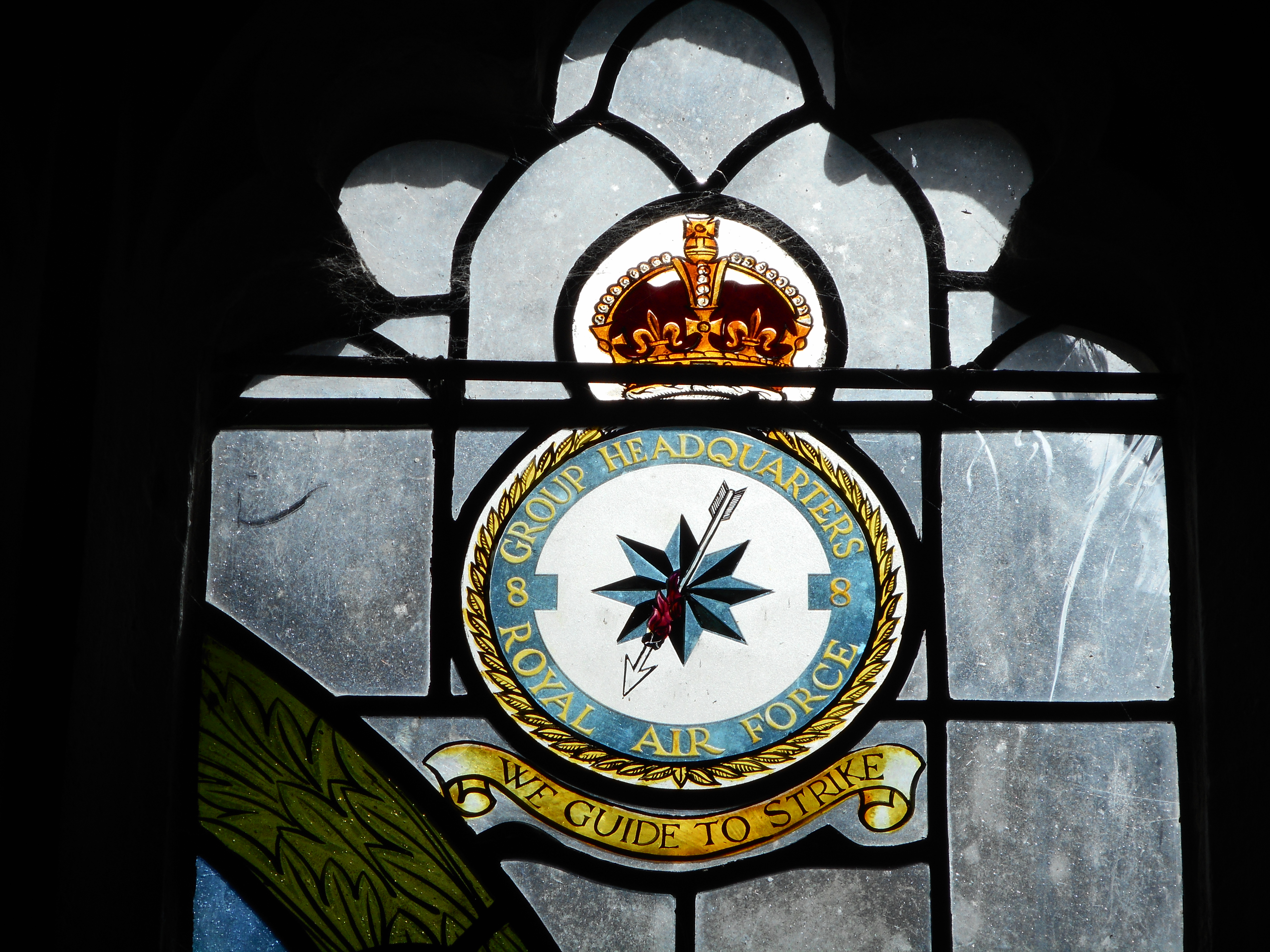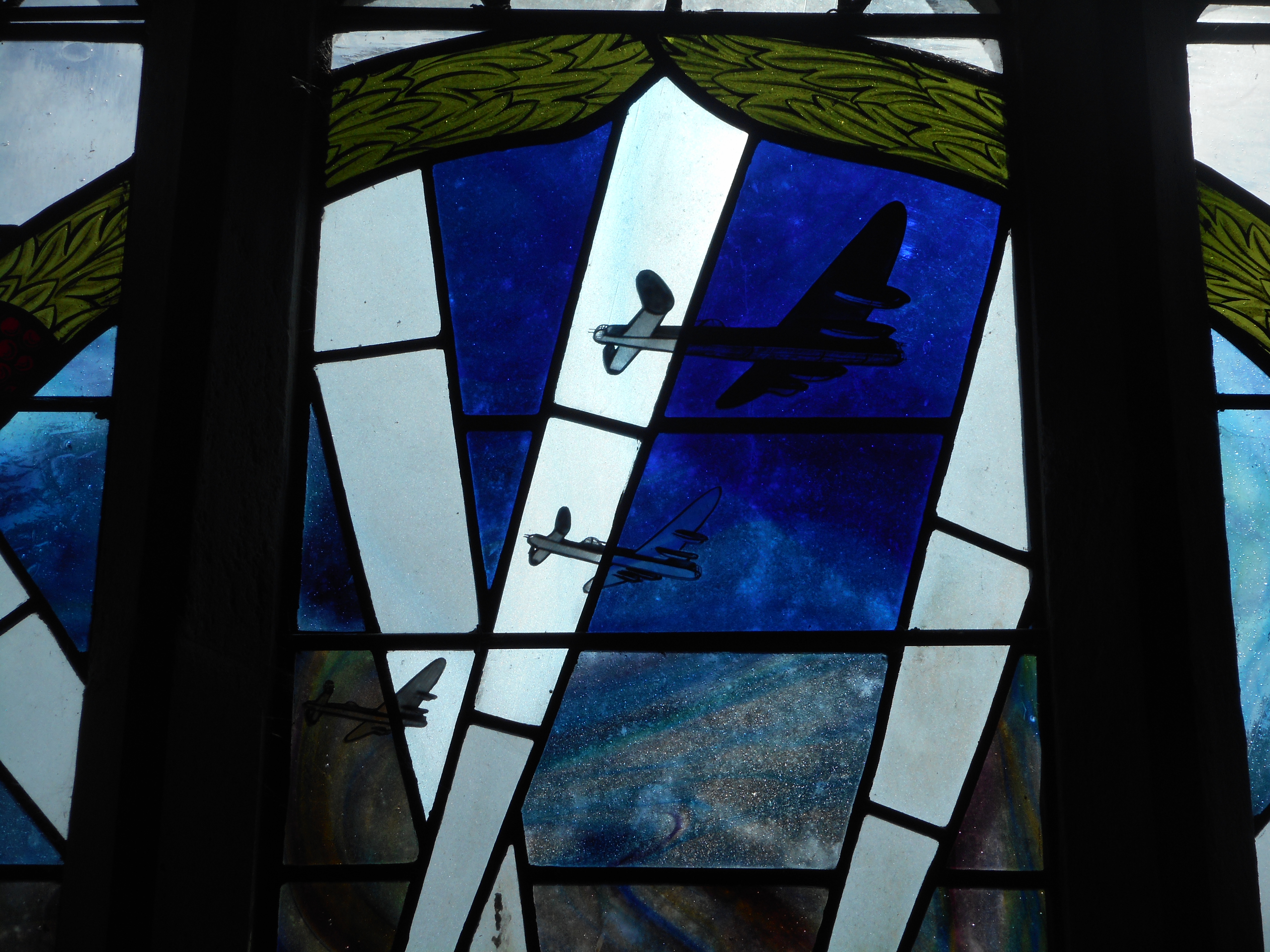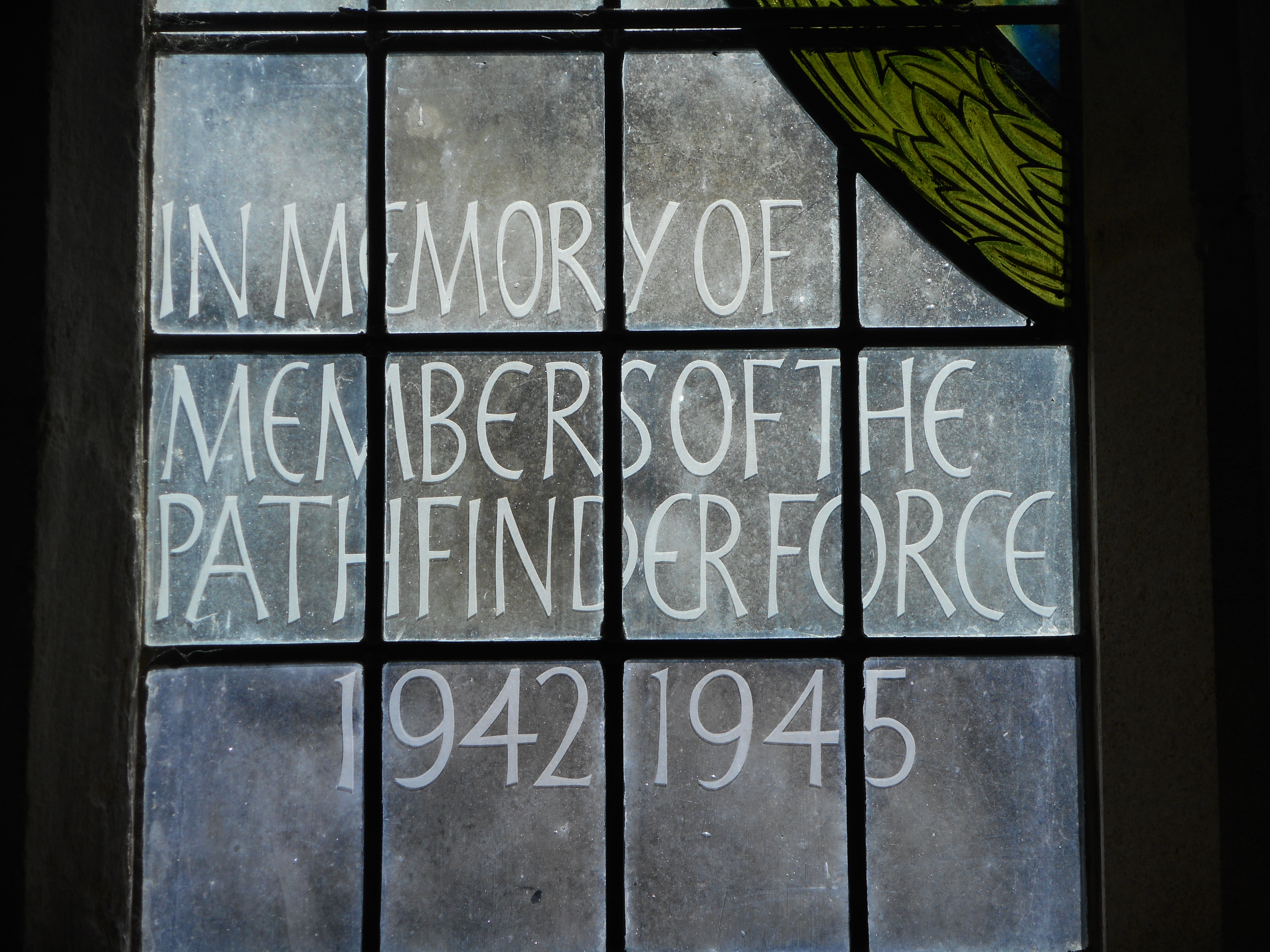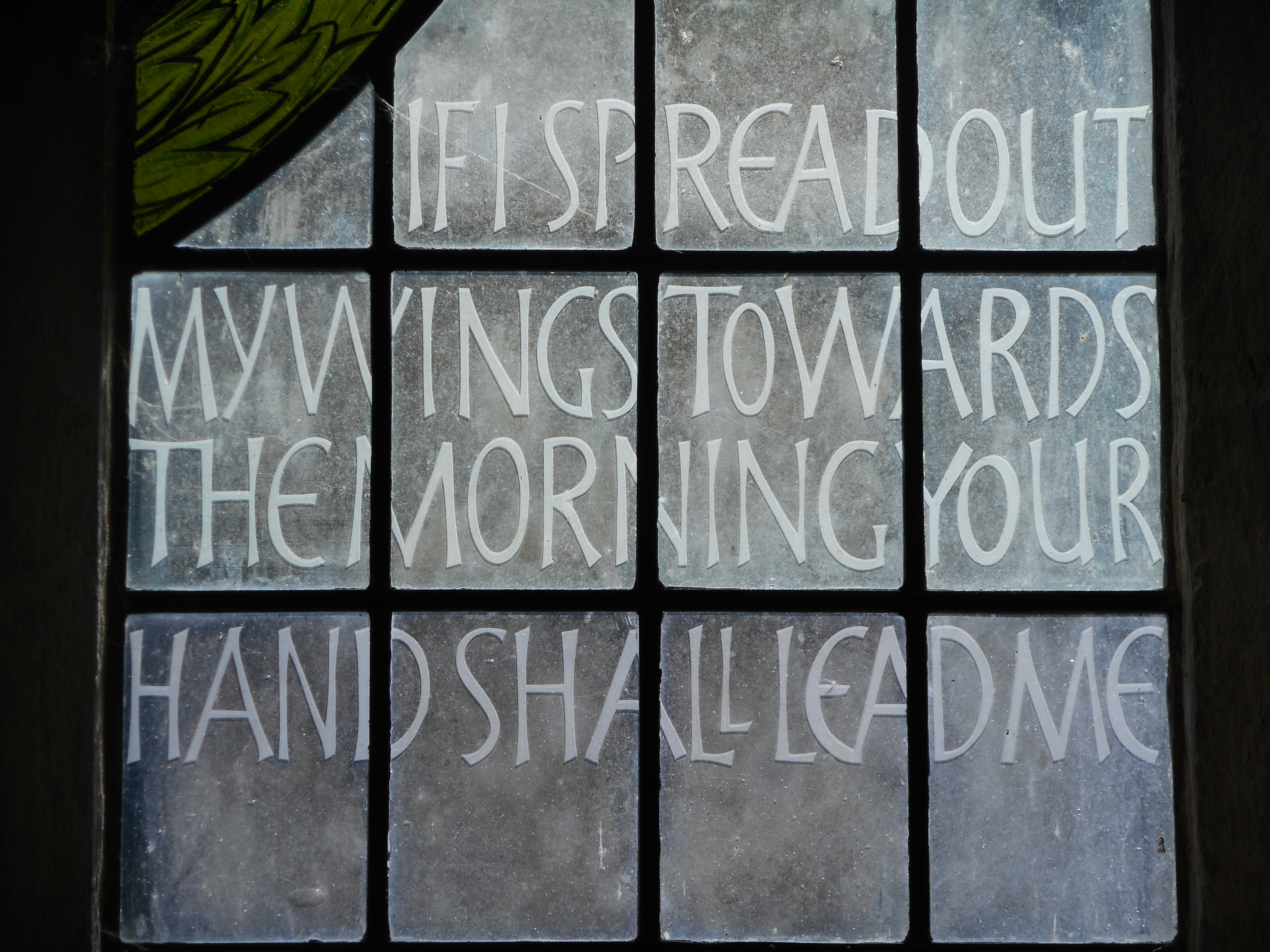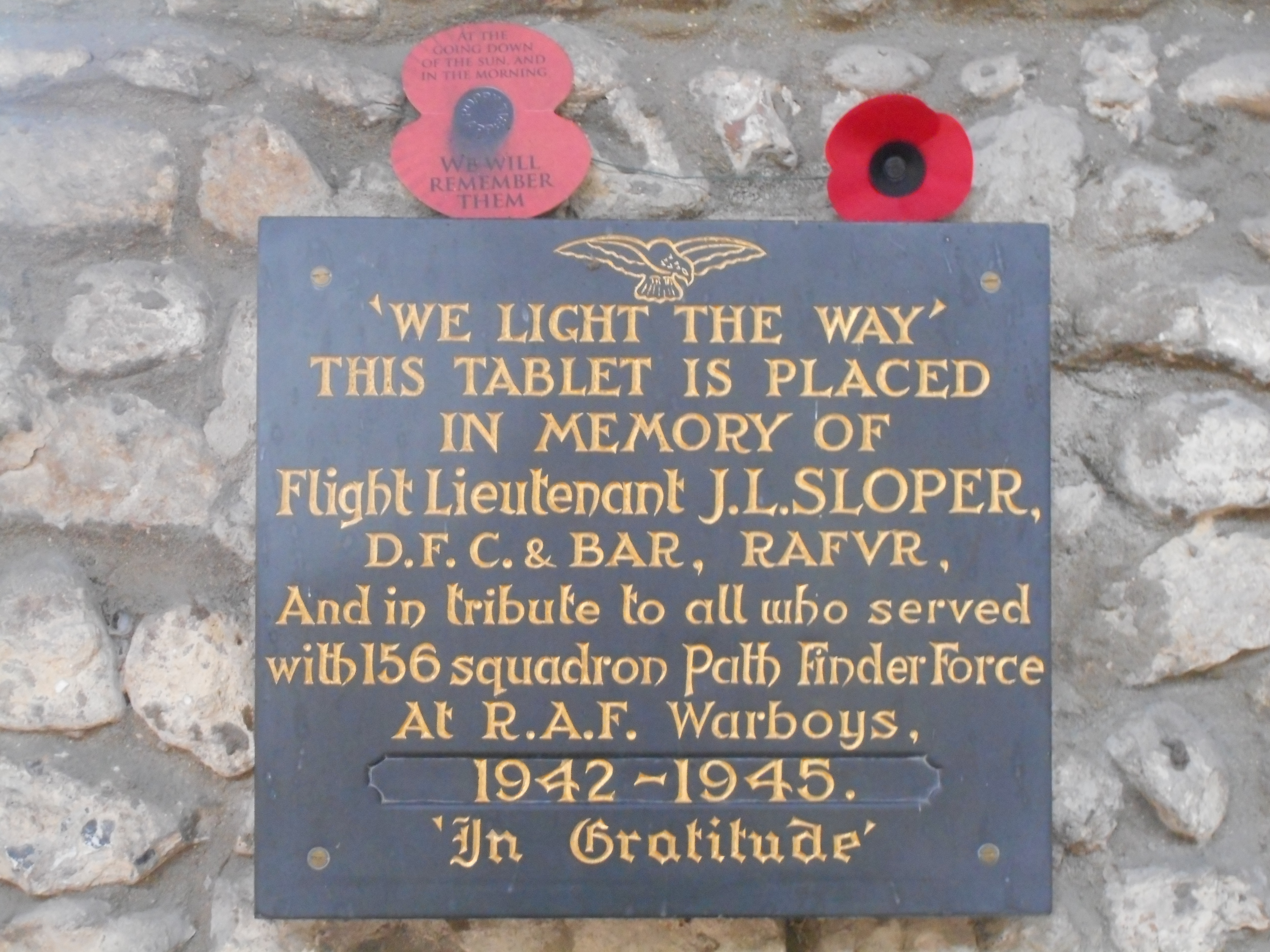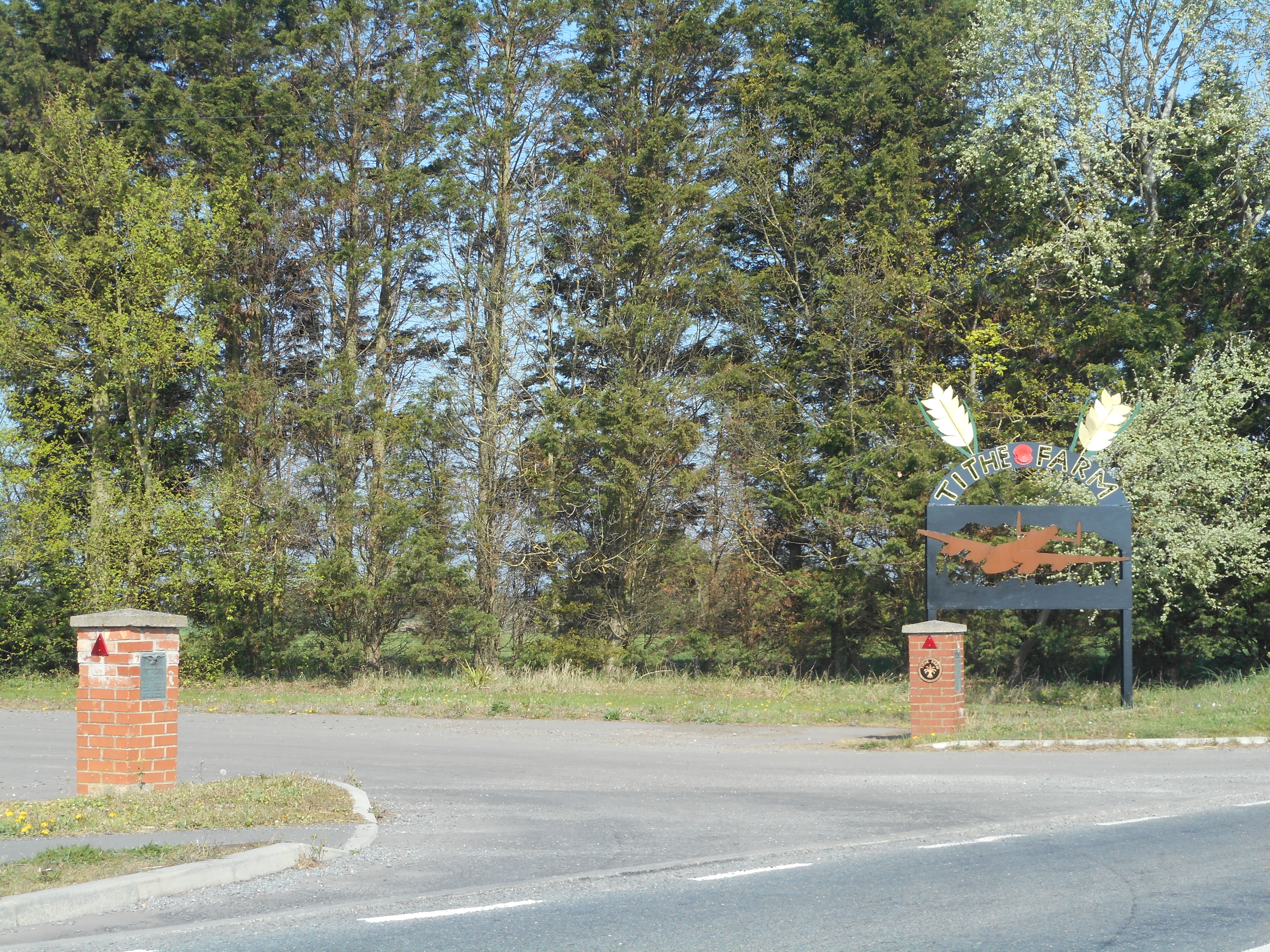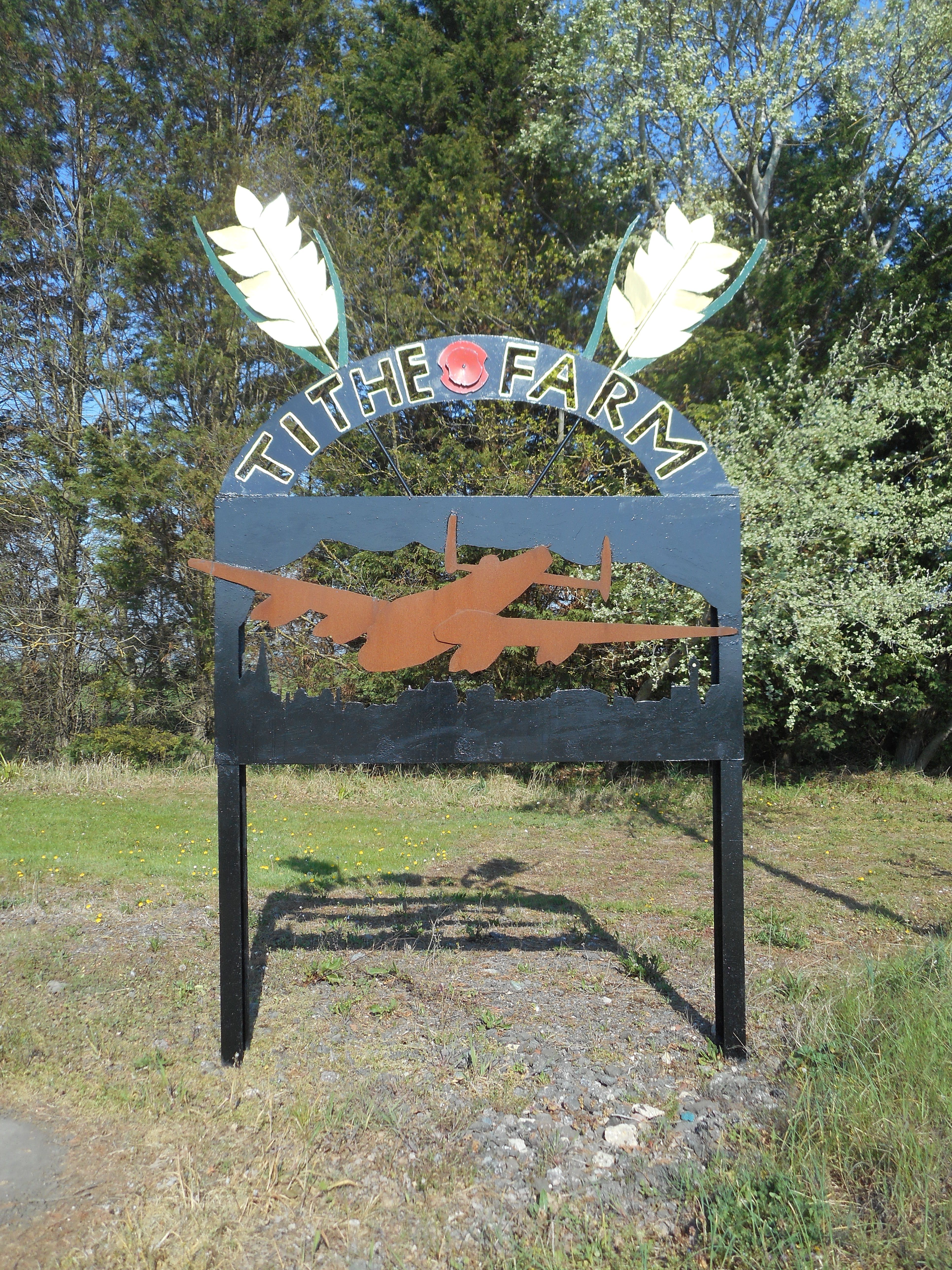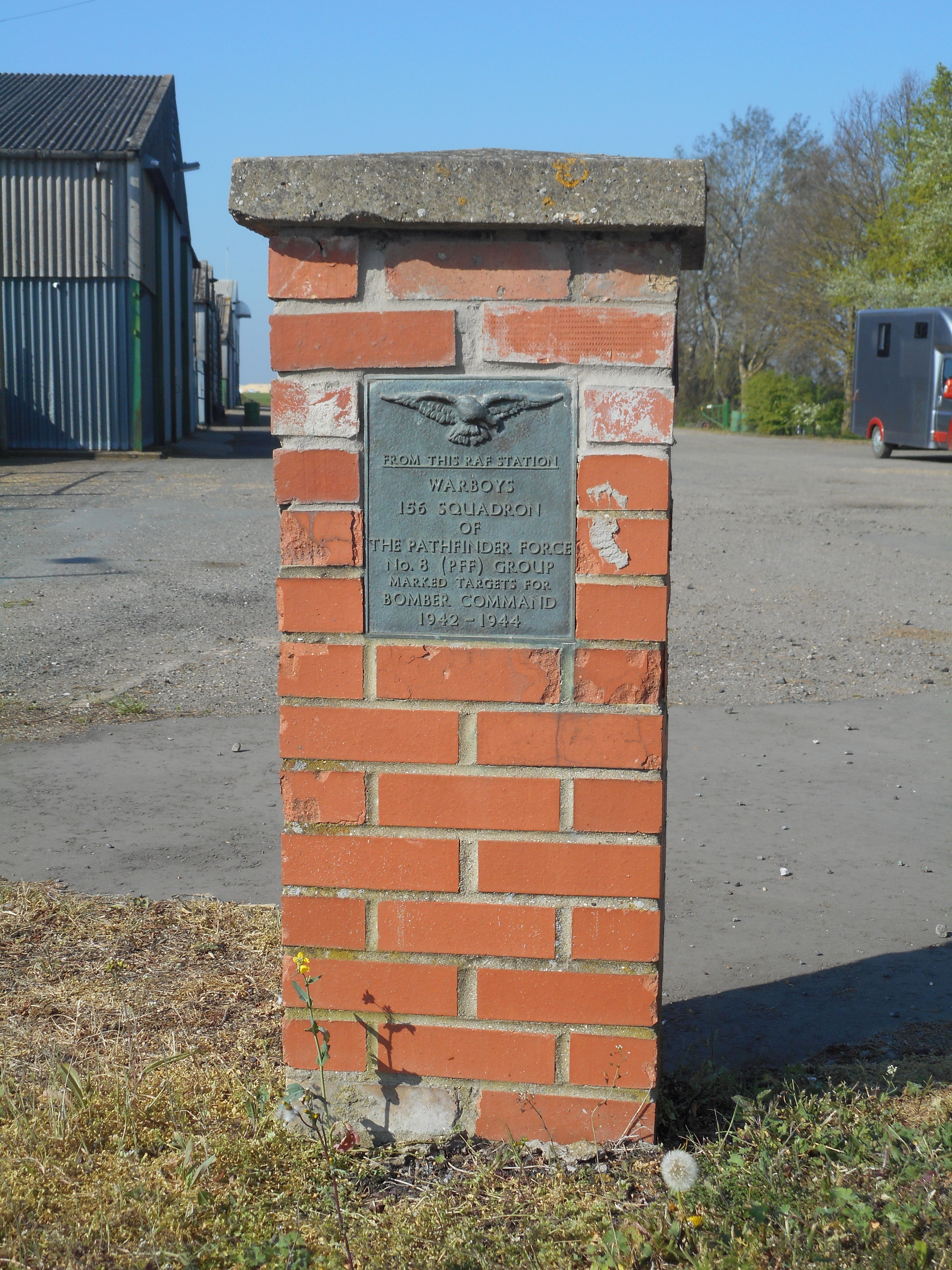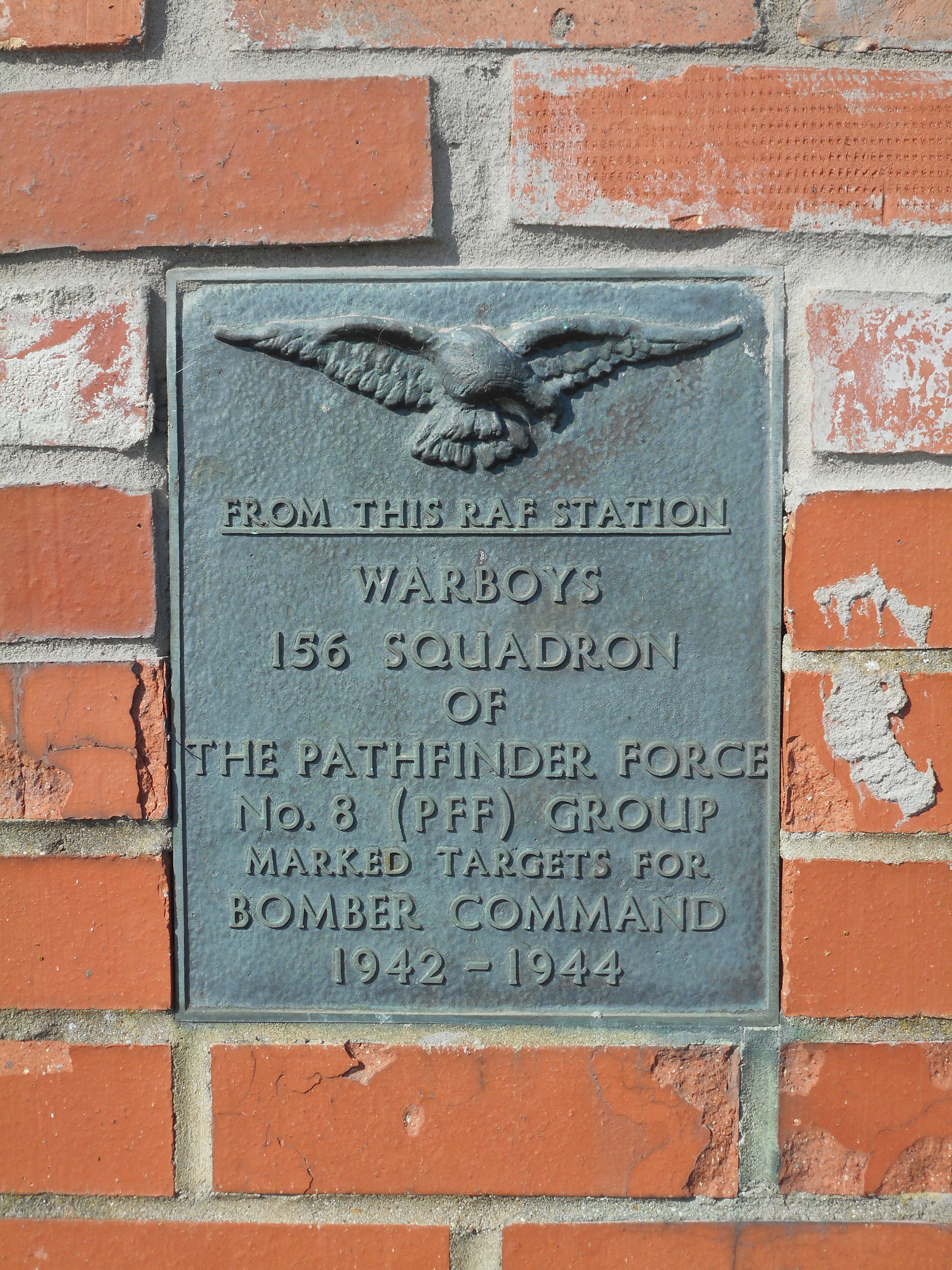| Roland John Bowen was born on 13th July 1920 in Bridgnorth, Shropshire to Elizabeth May and Roland Ames Bowen. He was their first child, and known by his middle name, John. He had three younger siblings - Barbara, Charles, and Elizabeth. Their father was the mayor of Bridgnorth from 1934 to 1937. John went to Bridgnorth Grammar School, and showed much ability as a swimmer. During his time with the RAF, he won numerous swimming prizes. John joined RAF Halton’s engineering college as an Aircraft Apprentice in January 1937, aged 16. He left at the outbreak of war in September 1939, as an Aircraft Fitter. His first two postings were to Yorkshire based squadrons - 10 Squadron at RAF Dishforth, and then 242 Squadron at RAF Church Fenton. In spring 1940, John was transferred to the Fleet Air Arm. He joined 824 Naval Air Squadron, and served on HMS Eagle for 18 months. During his time with them, HMS Eagle was involved in many episodes in the Mediterranean. In Autumn 1940, John was hospitalised in Alexandria with Sandfly Fever - he was quite ill, and lost a lot of weight. In March 1941, John and his squadron were temporarily transferred to Port Sudan. Upon their return to HMS Eagle, they sailed around Africa, stopping at Mombasa, Durban, Cape Town and Freetown. In October 1941, HMS Eagle docked in Scotland, and John was disembarked to RNAS Machrihanish, where he remained for the next 14 months. John was always very enthusiastic about his 7 years of service, except perhaps for his time with the Fleet Air Arm. Fortunately, in December 1942, John went back to the RAF and began his training as a flight engineer. John had a great love for the RAF, and had always wanted to fly planes as a boy. Unfortunately, his eyesight was not completely perfect, which was why he could not be a pilot. John was trained at the No. 4 School of Technical Training, at RAF St Athan until the end of April 1943. During this time, he also completed a course at Avro’s factory. In May 1943, he went to 1656 Conversion Unit, RAF Lindholme. Then, he had a brief spell at 12 Squadron, RAF Wickenby. He completed his first 5 operational flights here. In July 1943, John was posted to 156 Squadron, at RAF Warboys. He completed 27 operational flights as a Pathfinder, all with the same crew. John often spoke of the wonderful comradeship of this crew, and was nicknamed ‘Lofty’ because of his height (6 ft 1). John also said their pilot, Squadron Leader Rowland Fawcett, was ‘a great guy and he would have gone anywhere with him’. John spent his last Christmas at home with his family. Just after this, the crew tragically lost their lives on a mission to Berlin on 2nd January 1944. John’s commission as Pilot Officer was posthumously confirmed in February 1944. |
